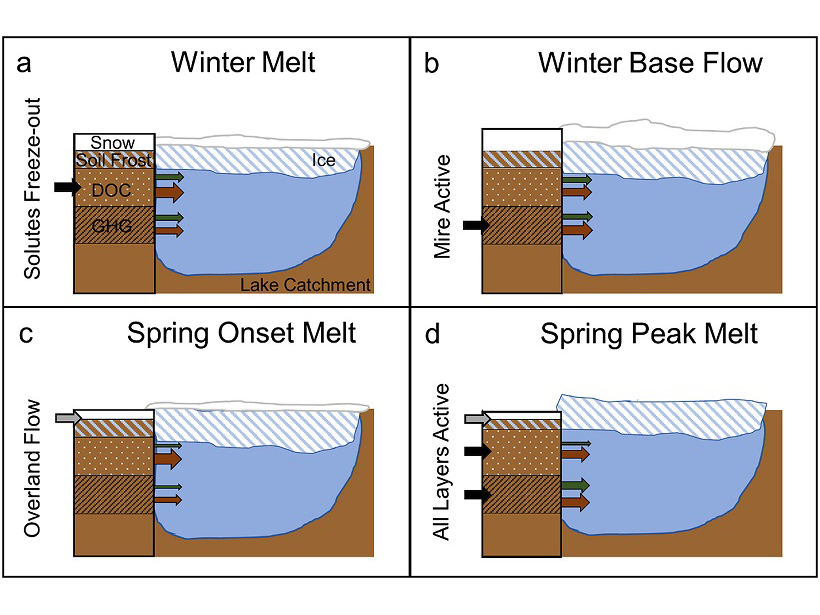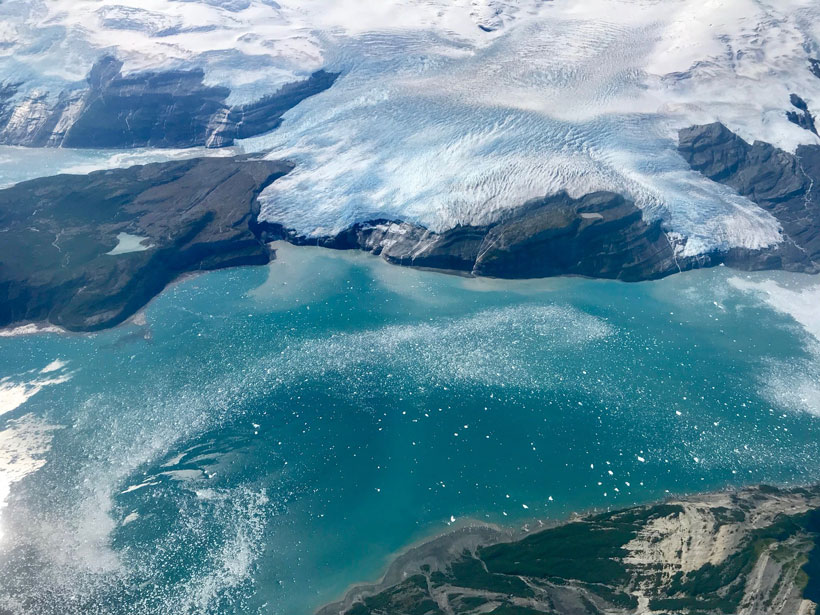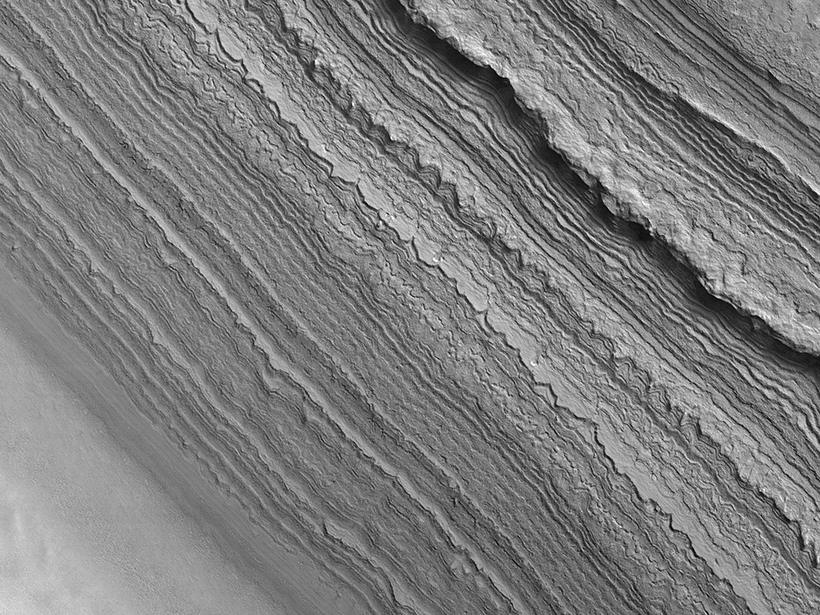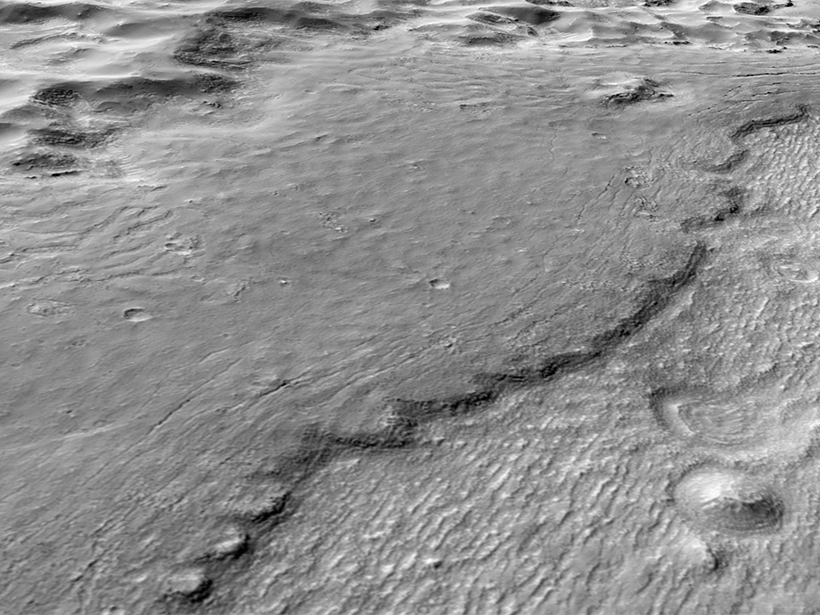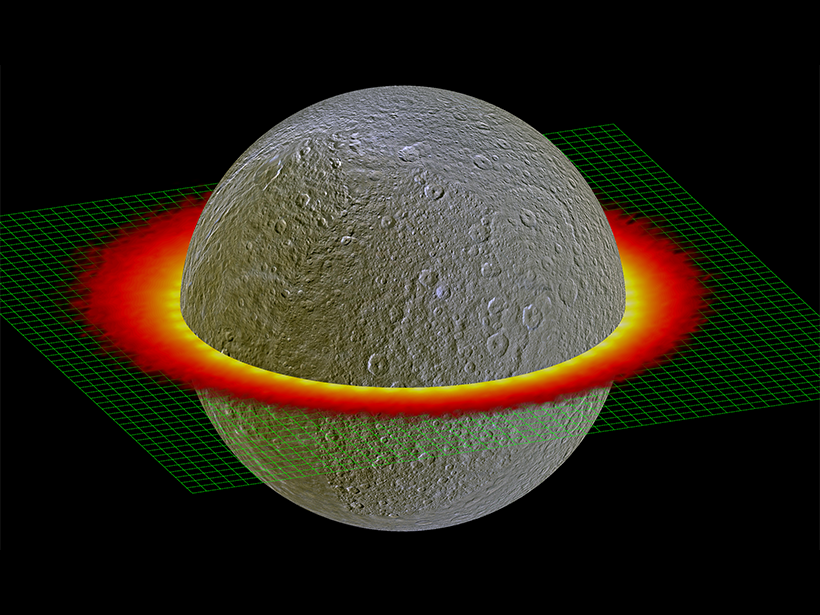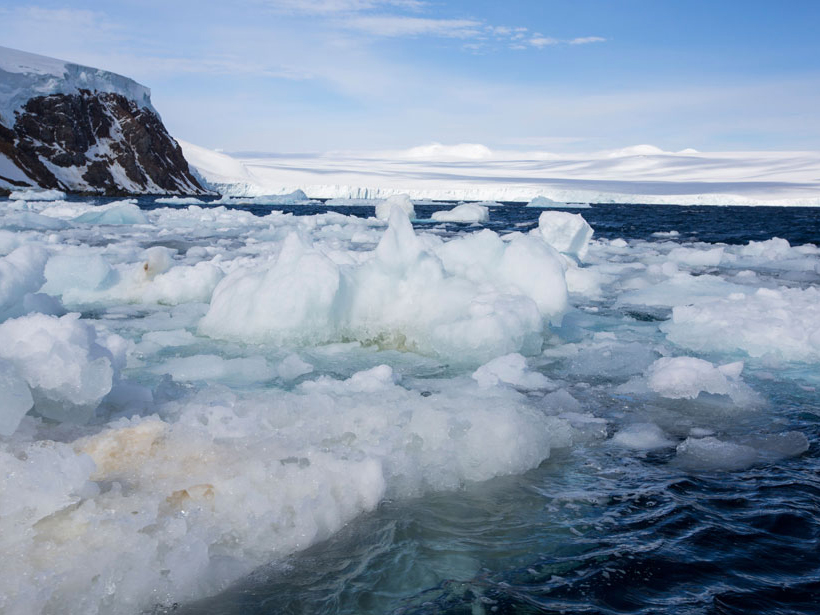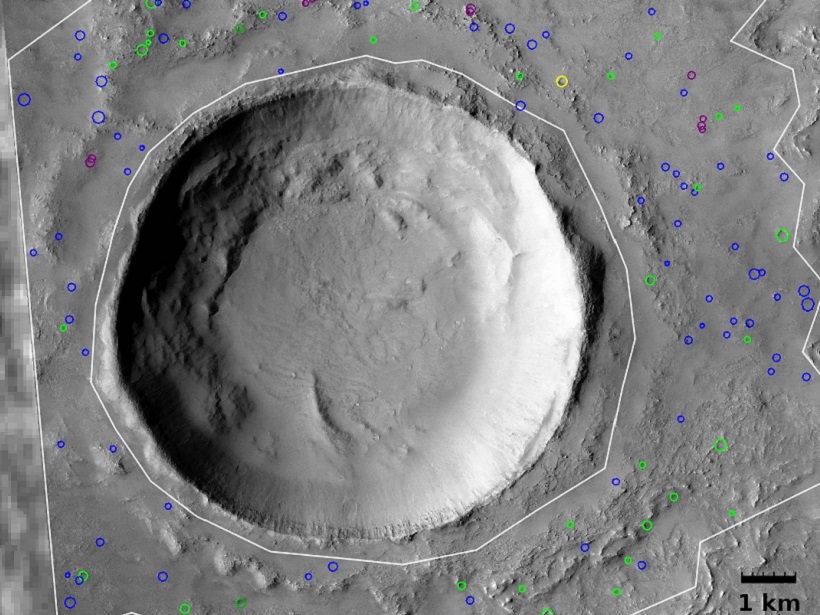Rarely made detailed measurements of carbon dioxide and methane under lake ice reveal a story more complex than simple models of gas buildup, with surprising findings for climate change impacts.
ice
Global Ice Monitoring Satellite to Launch as Early as This Week
The soon-to-launch satellite will measure the height and thickness of sea ice, glaciers, ice sheets, and permafrost around the world to an unprecedentedly high precision.
Evidence of Regional Deposition in Mars’s South Polar Deposits
Shallow Radar correlation of discrete units in one of the Red Planet’s largest ice reservoirs suggests that its material was emplaced as a single, regional deposit.
How Jupiter’s Icy Moons Got Their Bands and Grooves
Europa’s churning ice crust could reveal signs of ocean life, new study suggests.
Icy Interactions
Complex interactions between ice sheets and other components of the Earth system determine how ice sheets contribute to sea level rise.
Tracing the Steps of Hydrothermal Activity in Hrad Vallis, Mars
Conditions that formed Amazonian age valleys may have been hospitable to microbial life.
A Consistent Model of Ice Dissociation on Celestial Bodies
A model based on decades of experimental results can now quantify the products of water ice dissociation caused by radiation and predict the products expelled into an icy body’s outer atmosphere.
A Complete Picture of Southern Ocean Surface Circulation
For the first time, researchers combine estimates of sea surface height and circulation patterns in both ice-covered and ice-free regions of the Southern Ocean.
U.S. Scientists Safely Retrieved from Ice-Bound Antarctic Island
Argentineans came to the aid of stranded scientists.
Long Term Preservation of Subsurface Ice on Mars
Layered-ejecta craters on Mars that are associated with impacts into rock mixed with volatiles have been formed throughout the planet’s history indicating the long-term preservation of subsurface ice.

